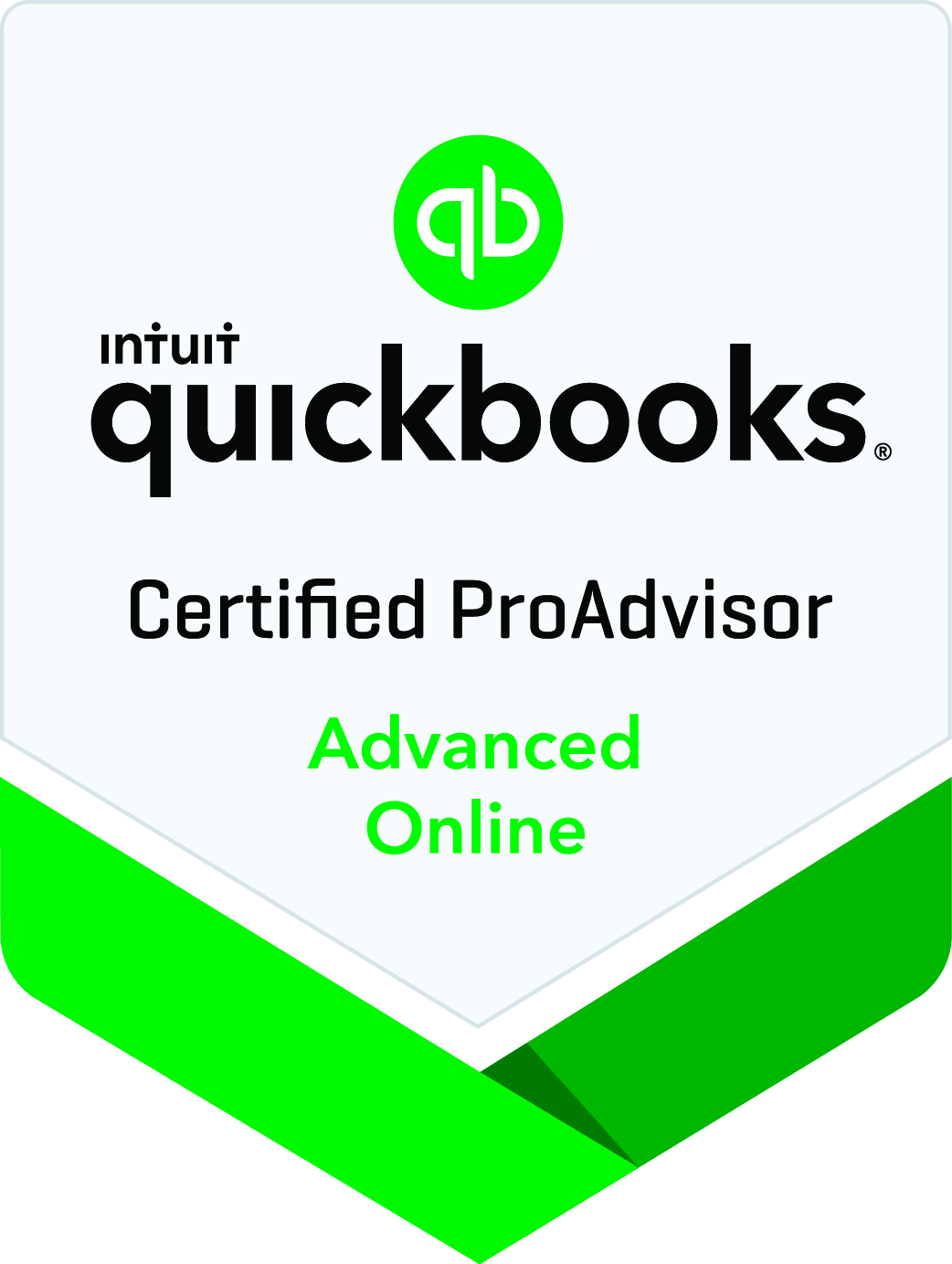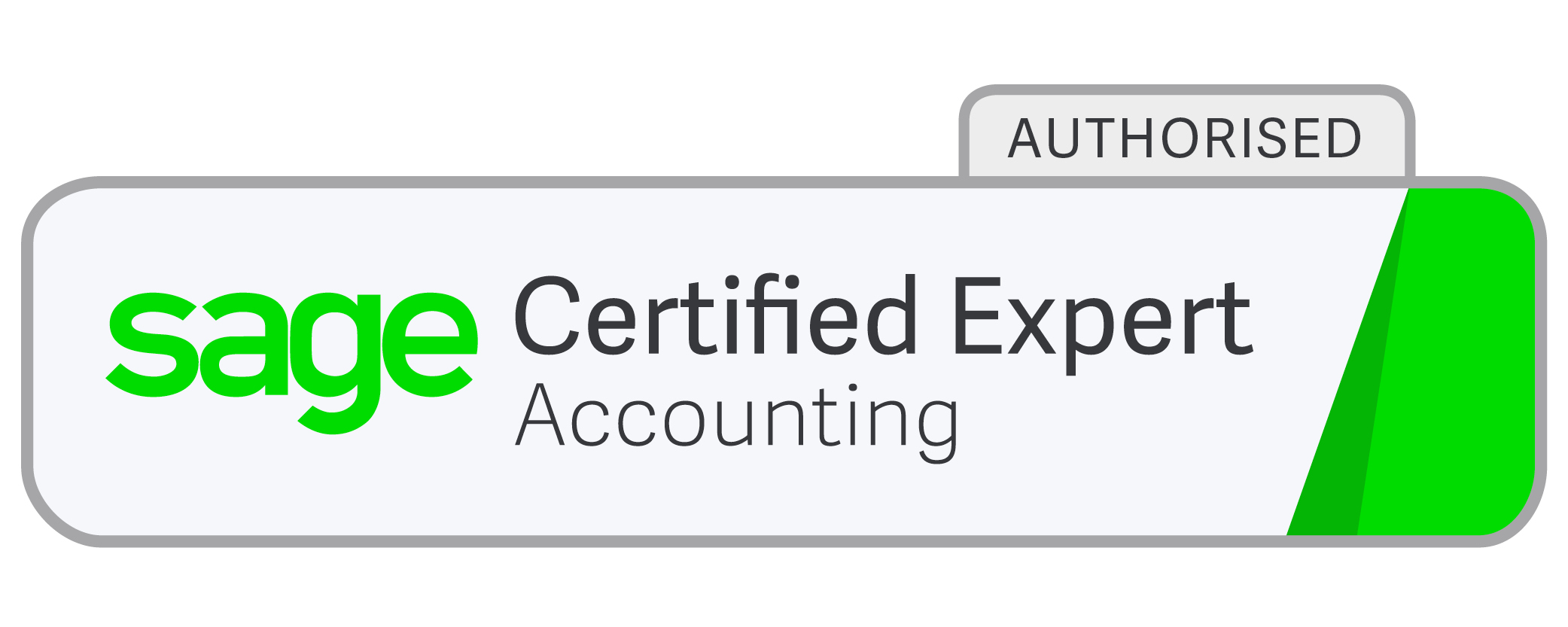Traps with the Flat Rate VAT Scheme
Newsletter issue - March 2011.
The VAT flat rate scheme for small businesses is generally straight-forward to operate, but here are a few traps to watch out for.
Use the right rate
You will be aware that the standard rate of VAT increased to 20% on 4 January 2011. The flat rates used by traders in the flat rate scheme to calculate the VAT to pay to HMRC also changed from that date. Did you remember to apply the new rate for your business sector? Check whether you applied the correct flat rate from 1 January 2010 to 3 January 2011 when the standard rate of VAT was 17.5%, and from 1 December 2008 to 31 December 2009 when the standard rate was 15%.
Include all business income
You need to apply the flat rate for your business sector to all your business income, including income that is exempt from VAT such as rents. If you are self-employed and operate your VAT registered business in your own name, any income from property you let in your own name must also be subject to the flat rate scheme.
This applies whether or not you consider the lettings to be part of the VAT registered business. If you run your VAT registered business through a company and hold the let property in your own name, the flat rate scheme operated by the company will not include your rental income.
Bank interest
If you receive interest in your business as a core part of your business activities that interest should be included in the turnover to which you apply the flat rate. This could apply to businesses who handle large sums of money on behalf of clients and keep a share of the interest as part of the deal. However, where the interest is received as a passive activity, such as on a current or deposit account it is outside the scope of VAT and should not be included in the sum to which you apply the flat rate.
 Cookies are small text files that are stored on your computer when you visit a website. They are mainly used as a way of improving the website functionalities or to provide more advanced statistical data.
Cookies are small text files that are stored on your computer when you visit a website. They are mainly used as a way of improving the website functionalities or to provide more advanced statistical data.



















